The often complicated, terribly fascinating answer to the question, “who built Typhoon Lagoon”
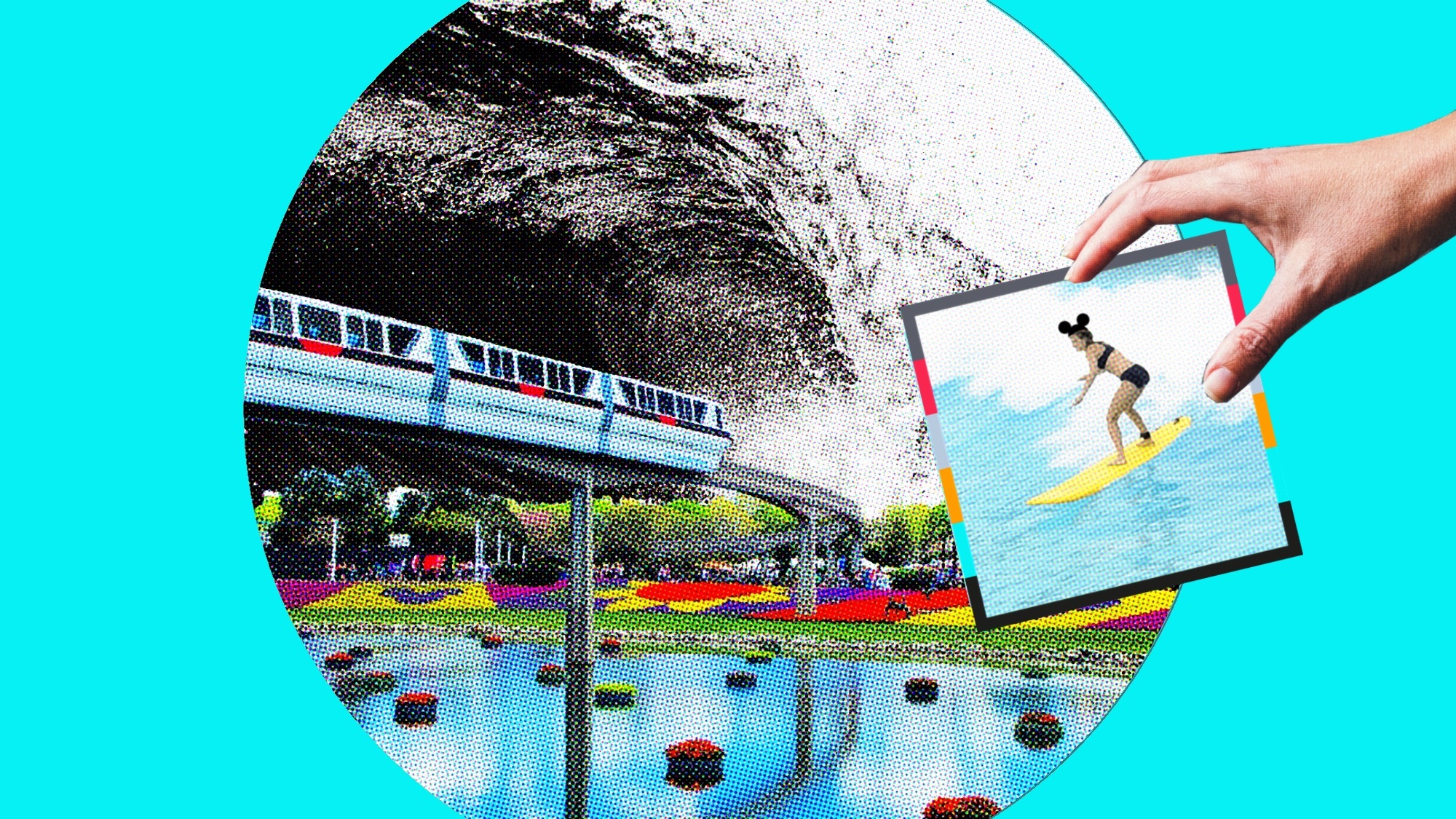
When Typhoon Lagoon opened it became one of the Surfing Wonders of the World. Despite its performance shortcomings when compared to today’s marvels like Kelly’s, at the time it made us stop and pontificate “what if it was shallower right over there” or “what if we set the dial to 11?” In short, this Orlando wave tank fired our collective surf synapses, inspiring the vision for today’s surf park movement.
You’d think that for such an integral component to the wave pool movement, this OG surf tub would have a clear lineage and historical account as to who built it. However, there are no less than four separate wavemakers laying claim to building the damn thing.
So who built Typhoon Lagoon? A Google Search says the Disney Imagineers did, which is true but not entirely. Someone had to design a system to create the waves that Disney demanded, waves not possible at that time in a pool. We dug in and discovered that, yes, all four companies entered the mix when bringing the best surf-able wave pool of its time to life. Some, much more than others. Here’s how…
Wave pools pre Typhoon Lagoon
For wave pools, our history technically starts in the 1870s with Bavaria’s King Ludwig using automated paddles to create ripples in a lake. After that, pre-WWII Britain and Germany built a few “surf bathing” pools. Then in 1966, Japan’s Summerland gave way to Arizona’s Big Surf – the world’s first dedicated surf park (which later shifted to a swimmer-focused model, but that’s another story).
Flush with marketing cash to promote the “surfer look” with Clairol’s blonding products of the mid-1960s, Waikiki Beach debuted in Tempe. However, by completion, the surf park had missed the wholesome aesthetic of the Gidget Era and debuted in the shortboard revolution, a time when both surfers and Sasquatch followed the same hair care regime.
Disney had already developed the Orlando area to open Disney World in 1971. The 7 Seas Lagoon that now ferries visitors from the ticket center to The Magic Kingdom was at one time kitted out with a piece of wave-making machinery. The idea was to have “surfing demonstrations” for guests as they arrived but the waves began to eat away at the shoreline fronting the buildings. The plan was scrapped.
Disney persevered thankfully, and in 1989 everything clicked and Typhoon Lagoon was constructed just six miles from the failed surf spots of the 7 Seas Lagoon.
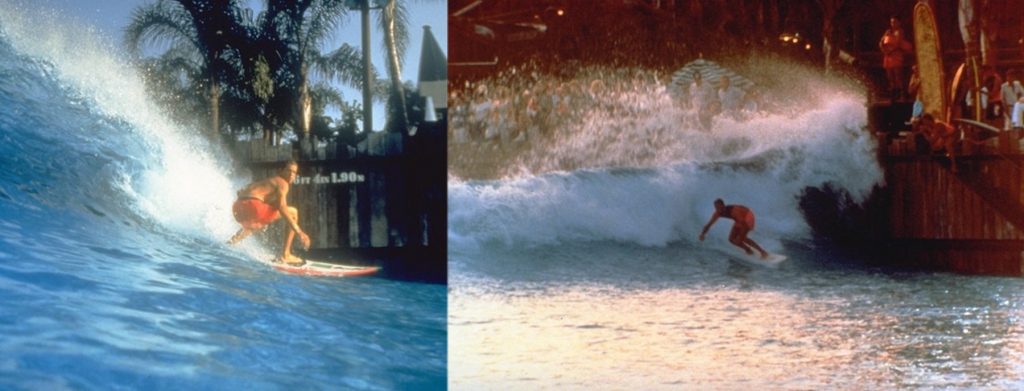
In March of last year, Derek Barton of Barr + Wray emailed WavePoolMag a few found documents about the construction of Typhoon Lagoon. Derek explained that Disney had wanted something dramatic, attention-grabbing and surf-able, and began involving a large pool of talent. At the onset, WaveTek and ADG were involved as well, but moved on to other projects before WhiteWater and Barr + Wray dug in.
“The pool had to be surf-able, and no-one had made one like this,” Derek told us. “Surf machines were pneumatic and if the wave height was to be larger for surfing, the caissons had to be staggered, so that the first set of waves were then added to at the correct time with the second set of chambers and so on. This meant that strangely shaped pools and multi-pattern wave generators, which are preferred for leisure pool bathing, then don’t really work.”
Derek had fully disclosed to WavePoolMag that it wasn’t the complete story and contained a few missing pieces. Then we were fortunate enough to hear from Andrew Wray of WhiteWater (and yes his name is related to Barr + Wray).
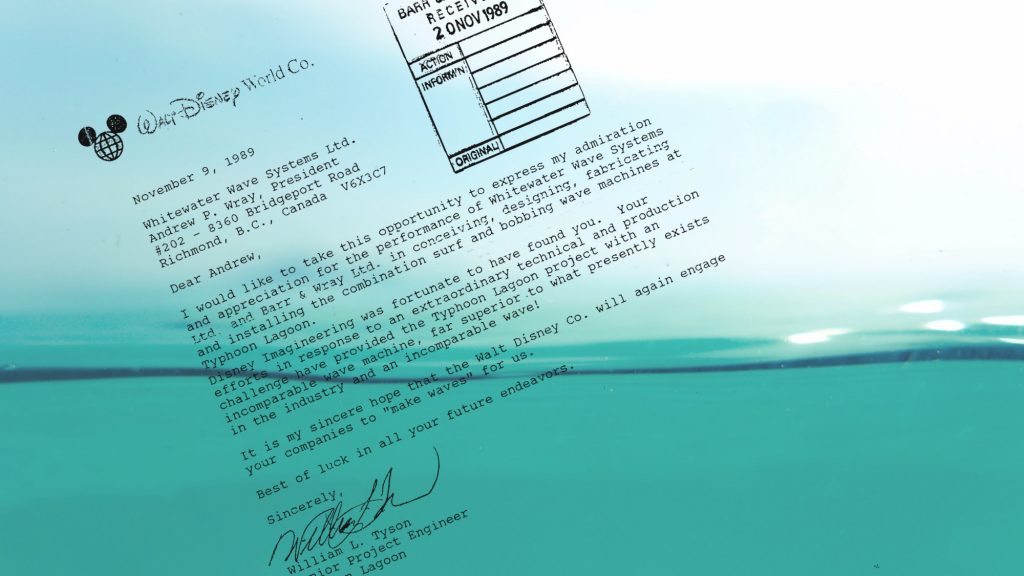
Andrew told us that WhiteWater did the design, manufacturing and installation over two years. His father, Ian Wray, lead person and namesake at Barr + Wray, had design ideas of how a wave equipment system could be built to meet the Disney specifications for a “surf-able pool.”
At this point, you might think it’s just two companies, WhiteWater and Barr + Wray. But it gets complicated when we meet a young man named Douglas Murphy.
“At that time Barr + Wray had a young engineer working for him who did a lot of the design management, Douglas Murphy,” Andrew told us in an email. “A few years later Douglas left Barr + Wray and started his own wave equipment company Murphy Waves which WhiteWater eventually bought from Douglas. This is why we have also run into claims by Murphy that they were the originators of the Disney system.”
The majority of the heavy engineering was done by Barr + Wray at the University of Edinburgh and their world-leading wave research facility.
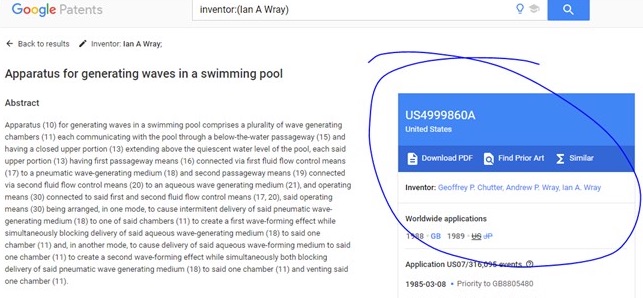
“The work that they did was key to Disney selecting the WhiteWater and Barr + Wray team,” added Andrew. “They helped prove that an underwater reef was not required and that we could get the quality of wave that Disney was looking for. The University work both backed up independent research that Disney had done with the Scripps Institution of Oceanography in San Diego as well as demonstrating a level of professionalism that none of our competitors showed.”
It turns out that the transatlantic pairing of Canada’s WhiteWater and Scotland’s Barr + Wray worked in the team’s favor. Barr + Wray being a Europe-based engineering company could not contract in the United States. WhiteWater, founded in 1980 and experienced in delivering large-scale projects, had the resources to do the electrical design and supply as well as the hydraulic systems.
“We were also happy to contract the work and had the resources to look after the installation and commissioning,” said Andrew. “The project was very much a joint effort and would not have happened without both parties at the table.”
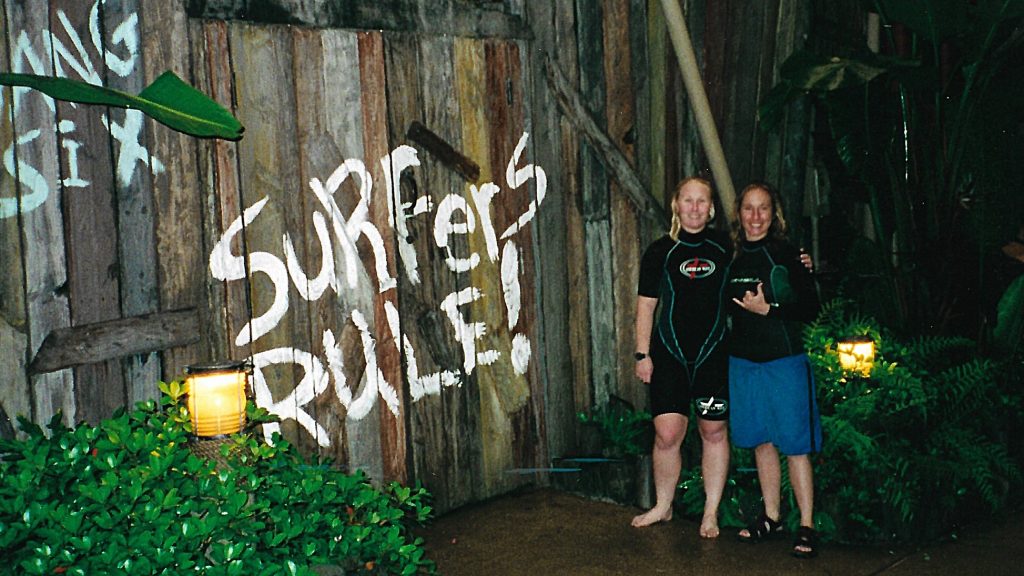
Since Typhoon Lagoon, WhiteWater continued to grow and develop its wave portfolio by building hundreds of pneumatic wave pools throughout the world, including for Sunway Lagoon in Malaysia and Chimelong in China (one of the largest wave pools in the world). They have built upon this experience to launch Endless Surf, innovated specifically as a surf pool and with many projects going into construction this year. Key features of Endless Surf include customizable wave creation for all skill levels and flexible operating modes tailored to pool capacity.
“My understanding of Barr + Wray is that they have largely moved out of the wave equipment market and in particular the Waterpark industry and now focus much more on the luxury spa market along with their traditional filtration system business and industrial process equipment,” added Andrew. “It is so long since they did a surf system of any sort that I doubt they have the in-house capabilities anymore. They are far better seen as potential collaborators for water slide projects than as competitors in the wave equipment game.”
Geoff Chutter, President and CEO of WhiteWater sees Typhoon Lagoon’s endurance over the decades and its relevance today as a testament to pneumatic technology.
“As one of the first major installations in the early days the industry, it’s amazing to see Typhoon Lagoon still hosting surf nights to this day,” said Chutter. “It’s a true testament to the quality and reliability of pneumatic technology, which is seen in hundreds of large-scale wave pools around the globe for both leisure and surfing. This is the reason why we’ve built Endless Surf upon these pneumatic foundations and innovated it to deliver high-performance waves while being flexible in its operations. Regardless of who gets the credit, we owe a lot to Typhoon Lagoon for its inspiration to the whole industry.”
Related Coverage
